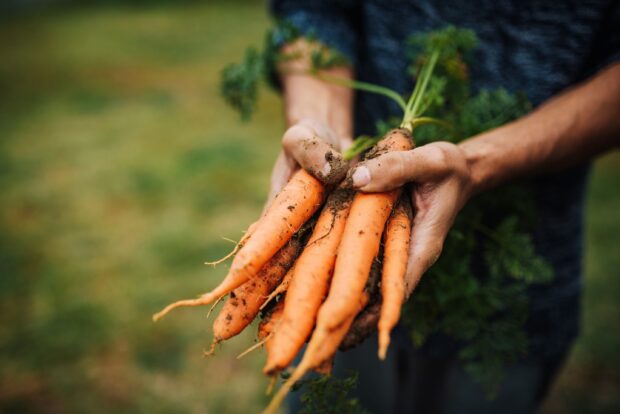A 3D-printed carrot may hint at an approach to tackling food insecurity

Getty Images©
In the future, the carrot on your plate may have come from a 3D printer! Students in Qatar have come up with an innovative solution to food insecurity.
You may have heard about producing lab-cultivated meat using bovine cells. You may also be familiar with three-dimensional printing, whether for objects or food. Now researchers have combined the two innovative technologies to develop vegetables, in this case, carrots.
The research project comes from two students at Carnegie Mellon University in Doha, spotted by Al-Jazeera. Concretely, their work involved developing a printer capable of producing vegetables on a large scale. It’s worth noting that food production using this type of machine yields very limited results in terms of quantity.
In the case of vegetables, for example, purees have to be made to create the “raw material” in the same way that sheets of paper are fed into a traditional printer. The upshot is that conventional agriculture is still required, even though agricultural crops already take up 38% of global land surface, according to the United Nations Food and Agriculture Organization (FAO).
It’s also worth remembering the geographical context, as the students are working in a country whose arable land — that is, land that can be plowed — represents just 2.5% of Qatar’s total surface area and thus the country relies significantly on food imports.
The idea of the two young Qataris was to harvest cells from a carrot and multiply them under a microscope. The next step is printing.
“[Our] technology … supports mass production because it uses ultraviolet light. This type of printing has been done before using ultraviolet light with resin, but it’s never been done before using an edible material,” explained one of the inventors.
Whether this 3D-printed carrot tastes as good as its conventionally produced counterpart has not been revealed although we do know that its nutritional value would be equivalent.
So why did the researchers choose a carrot for this prototype? Quite simply because it is the vegetable that has been the subject of the greatest number of stem cell studies.